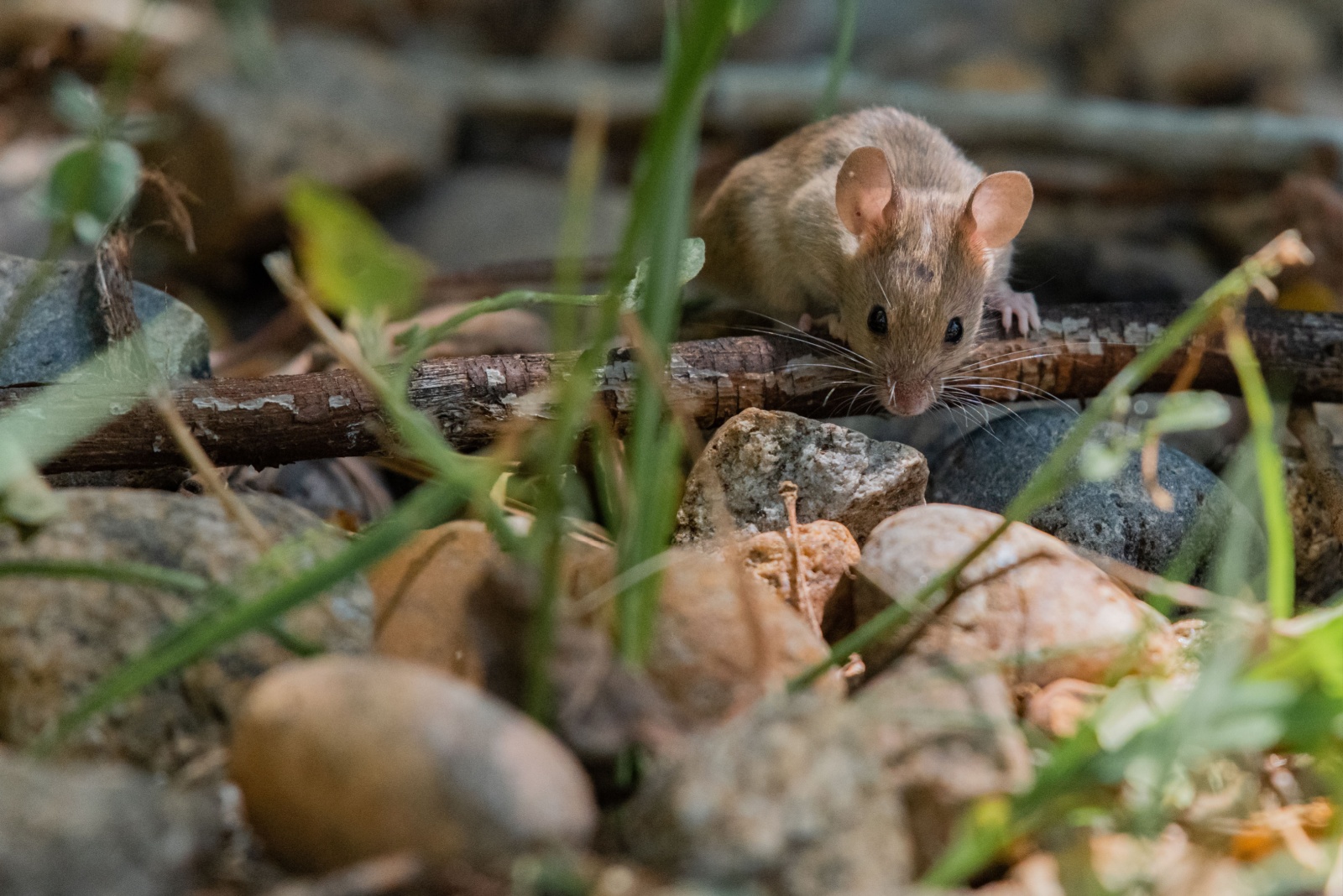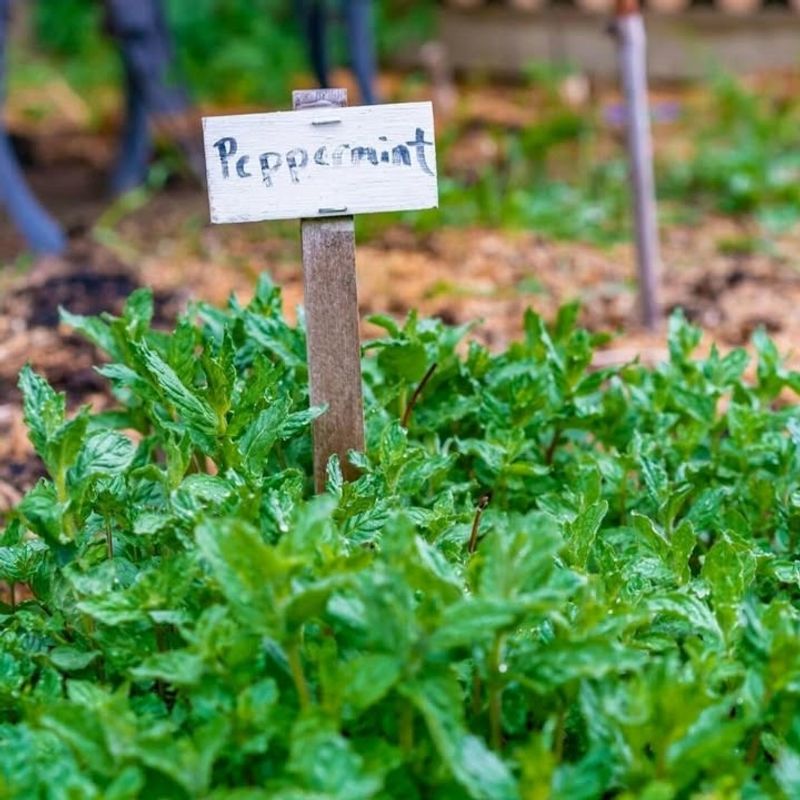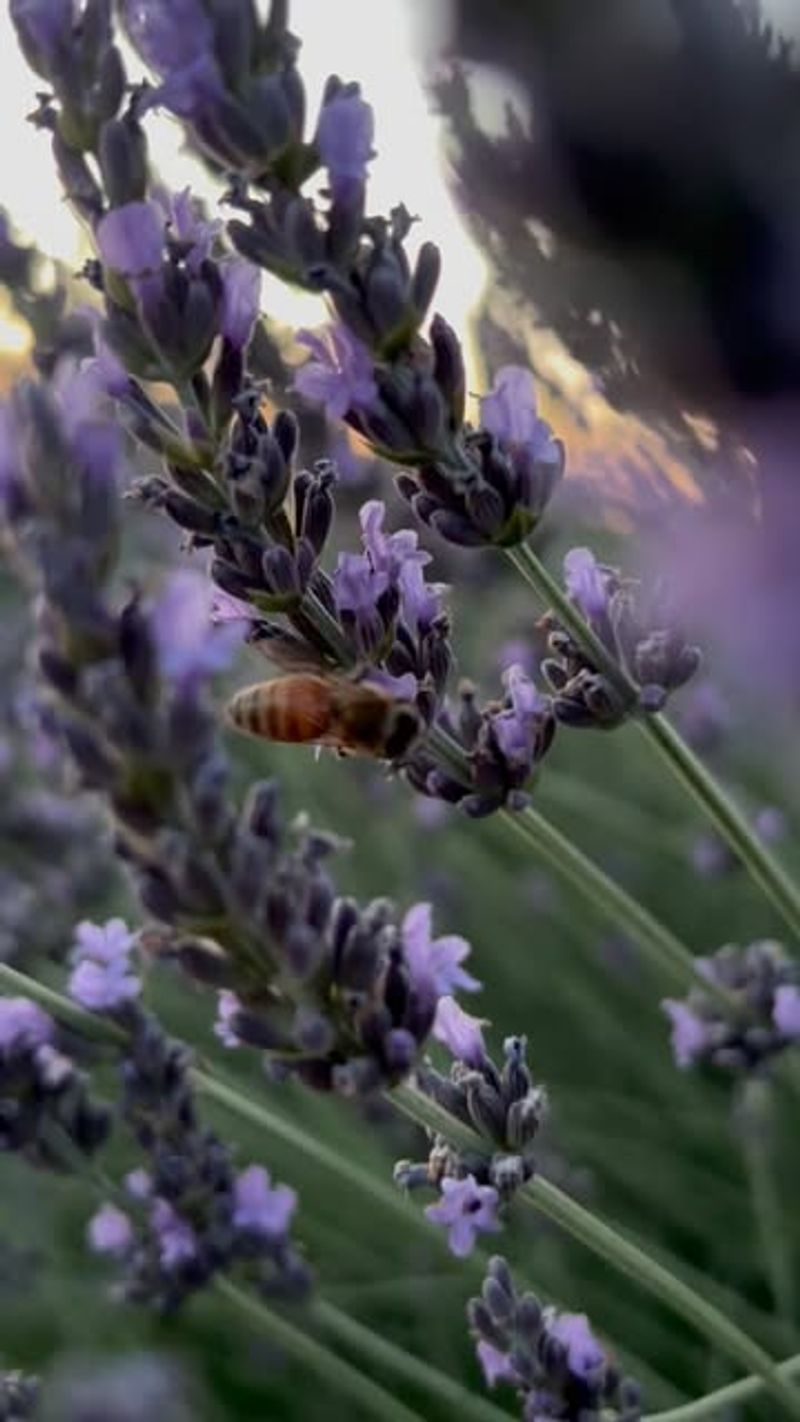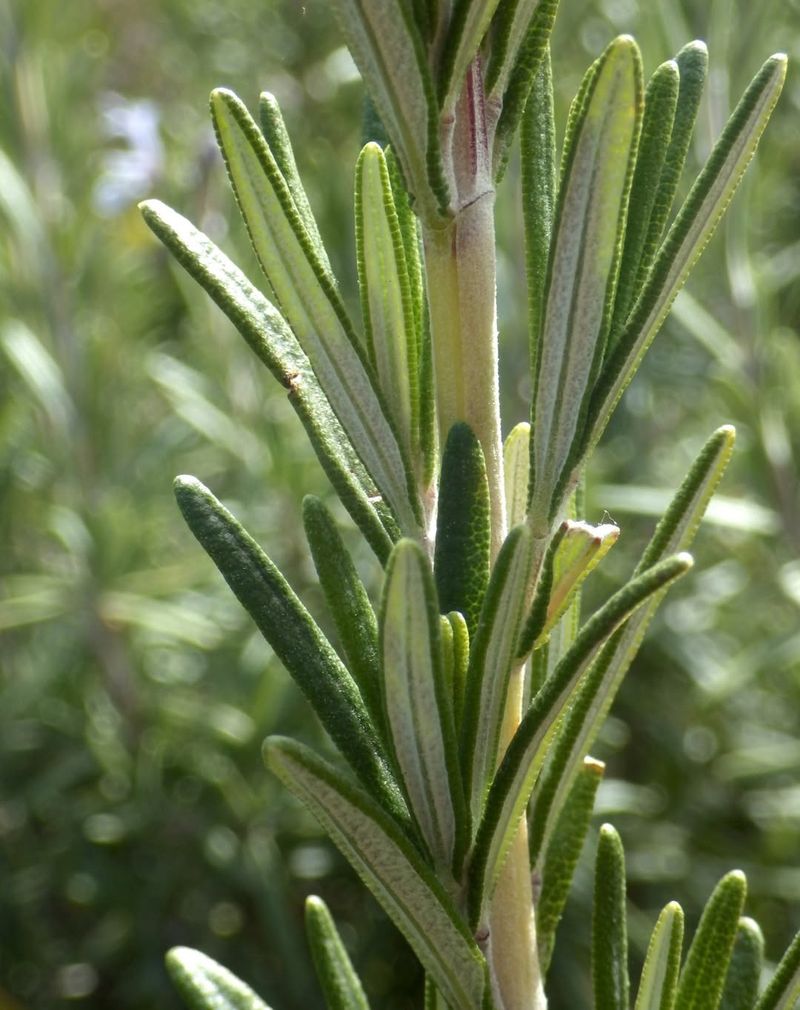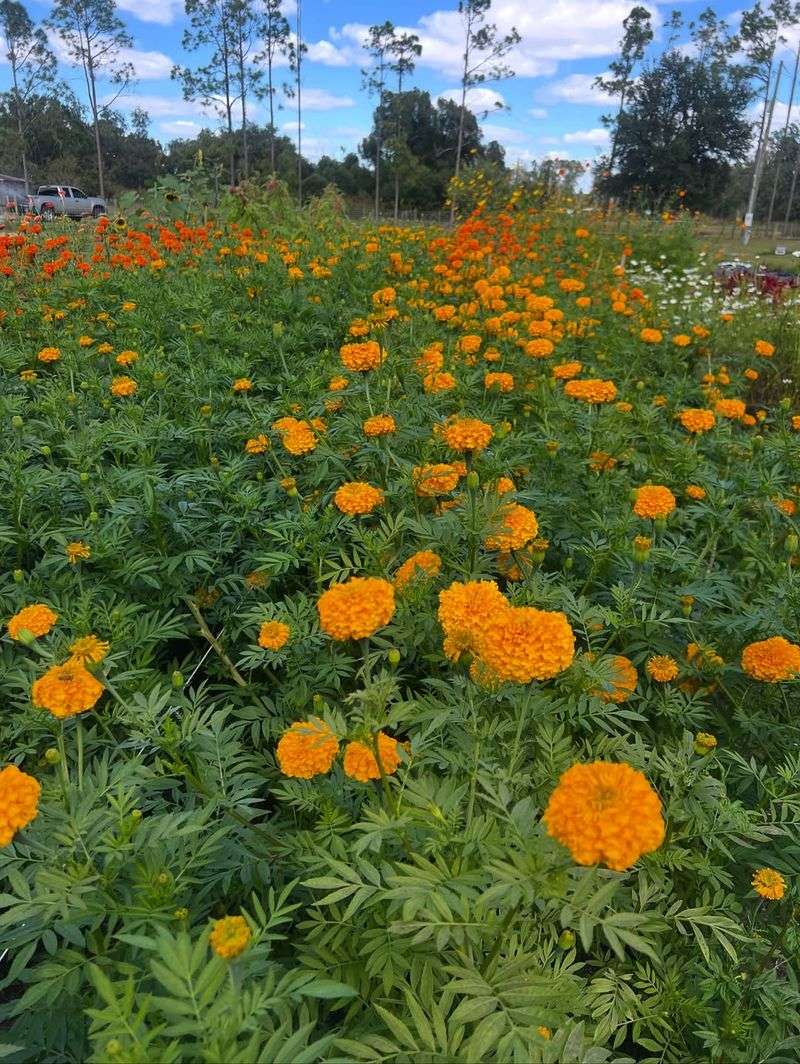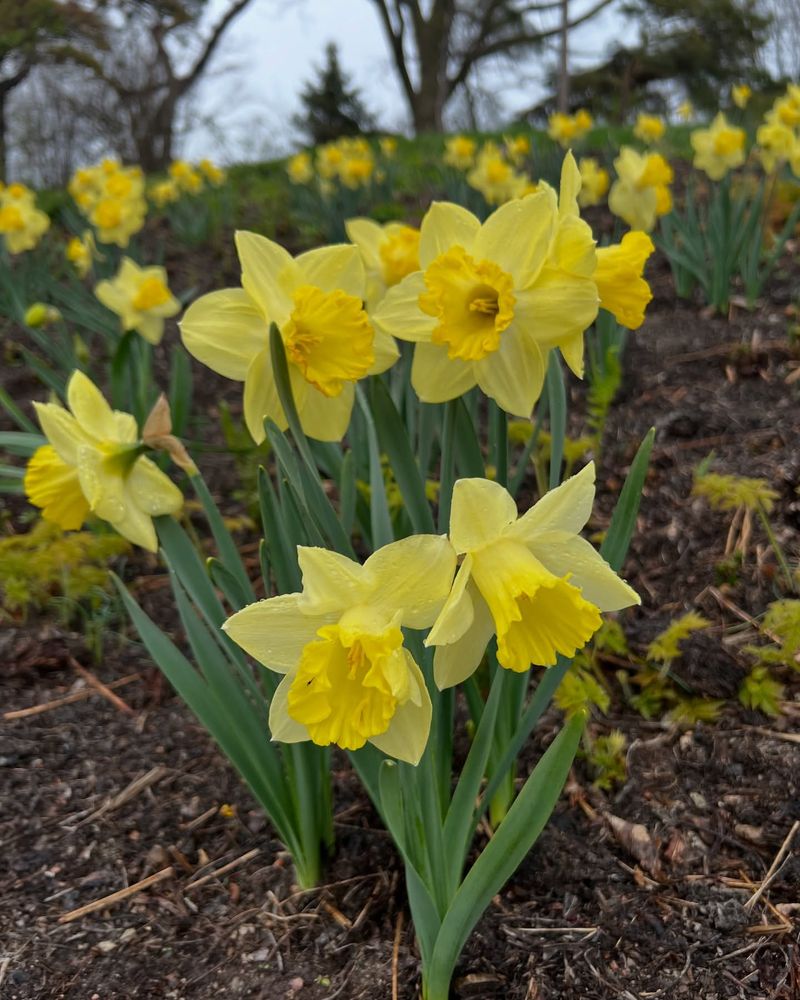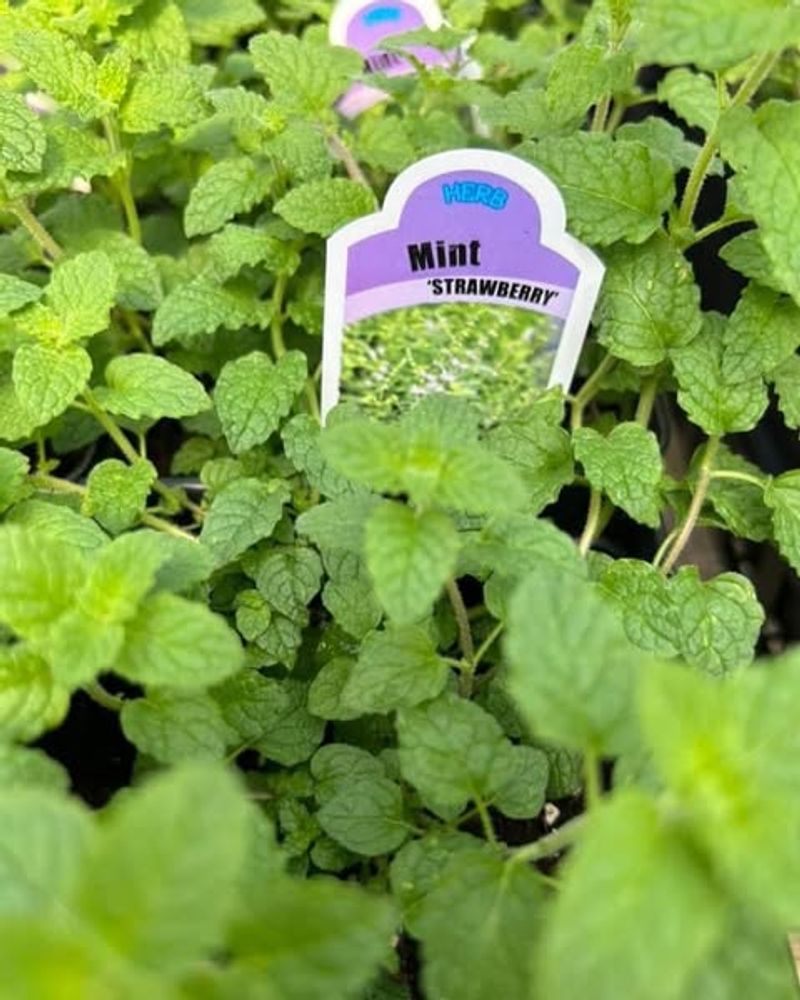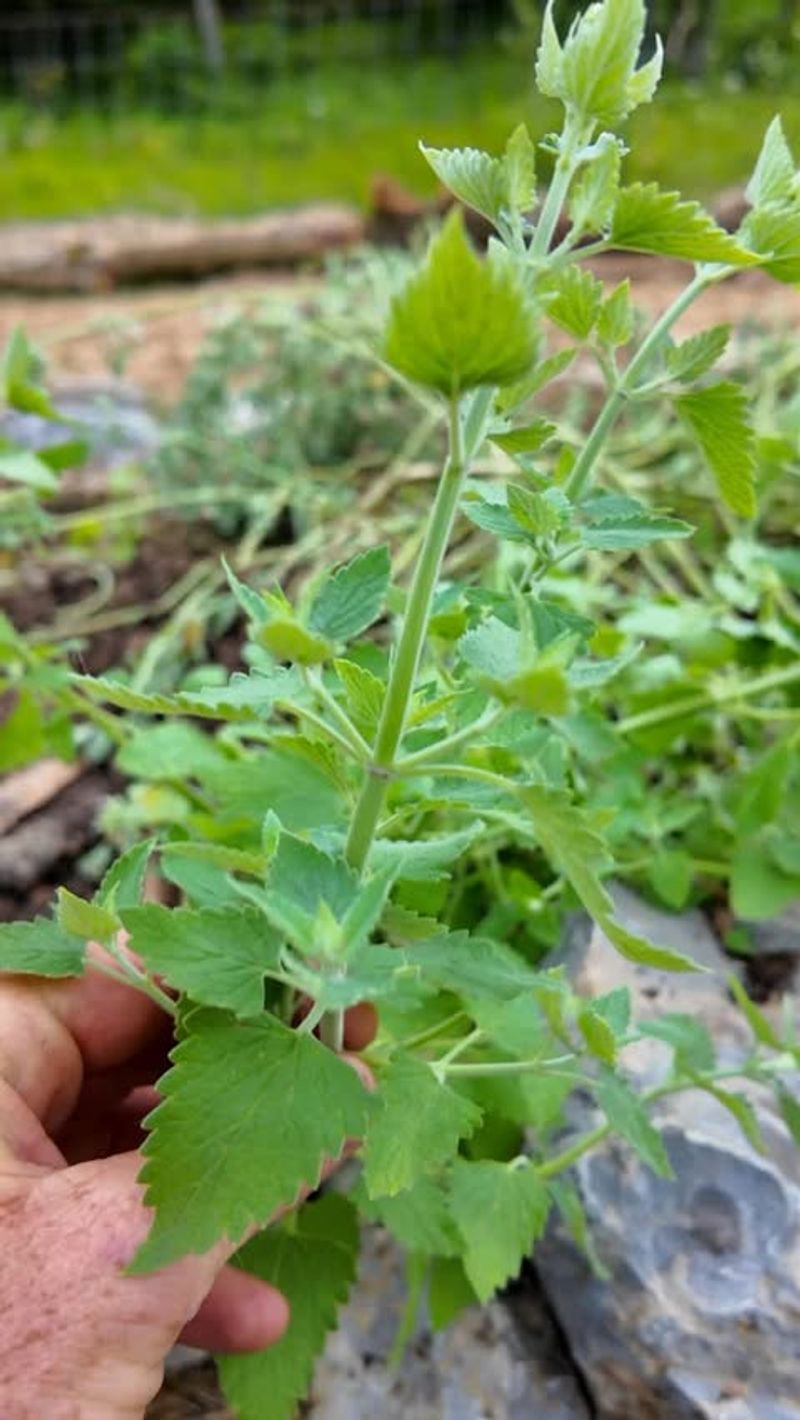Mice love sneaking into warm homes when the weather turns cold, and Indiana winters give them plenty of reasons to look for shelter. Instead of reaching for traps or harsh chemicals, many Hoosiers turn to nature for help. Certain plants naturally repel mice with their strong scents, making them a smart and safe choice for keeping your home rodent-free.
1. Peppermint
Fresh peppermint releases a powerful aroma that humans find refreshing but mice absolutely hate. Plant it near doorways, windowsills, or anywhere you suspect rodents might enter your home.
Many folks across Indiana swear by tucking small pots of peppermint along their foundations during fall. The oils in the leaves create a natural barrier that discourages curious critters from getting too close.
You can even crush a few leaves and scatter them in problem areas for an extra boost of protection.
2. Lavender
Lavender brings beauty and a calming scent to any garden, but its fragrance works wonders at keeping mice away. The strong floral oils overwhelm their sensitive noses, making your home less appealing as a winter hideout.
Hoosiers often plant lavender along walkways and near entryways where it thrives in well-drained soil. Dried lavender bundles hung indoors also help maintain the scent barrier year-round.
Plus, you get gorgeous blooms that attract pollinators while protecting your space from unwanted visitors.
3. Rosemary
This woody herb does double duty as a kitchen staple and a mouse deterrent. Rosemary’s sharp, piney scent confuses rodents and makes them think twice about settling nearby.
Growing rosemary in pots near your back door or garage works especially well for Indiana homeowners dealing with fall invasions.
The plant tolerates cooler temperatures and can even be brought indoors during harsh winter months. Snip a few sprigs for cooking while enjoying the added benefit of natural pest control around your property.
4. Marigolds
Marigolds pack a punch with their pungent smell that rodents find completely off-putting. Their roots also release compounds into the soil that discourage burrowing pests from setting up shop near your foundation.
Across Indiana, gardeners plant marigolds along house perimeters and garden edges for colorful protection. These hardy annuals bloom from spring through frost, offering months of continuous defense.
They’re easy to grow from seed and require minimal care, making them a favorite for busy homeowners seeking natural solutions.
5. Daffodils
Daffodil bulbs contain toxic compounds that mice instinctively avoid, making them an excellent choice for perimeter planting. Once established, these cheerful spring bloomers return year after year without much fuss.
Indiana gardeners appreciate how daffodils naturalize over time, creating larger protective zones around homes and outbuildings.
Plant them in clusters near foundations, basement windows, or anywhere rodents might try to enter. Their early blooms also signal the end of winter while quietly guarding your home from unwelcome guests.
6. Mint Varieties
Spearmint, apple mint, and other mint family members share peppermint’s rodent-repelling qualities while offering different flavors and scents. These vigorous growers spread quickly, creating dense ground cover that mice prefer to avoid.
Hoosiers often plant mint in containers to control its enthusiastic growth while still benefiting from its protective properties. Position pots near entry points or areas where you’ve noticed mouse activity.
The leaves stay fragrant throughout the growing season, providing consistent defense against curious critters looking for indoor shelter.
7. Catnip
Catnip might attract neighborhood cats, but it sends mice running in the opposite direction. The same chemical that makes felines go crazy acts as a powerful repellent for rodents.
Many Indiana homeowners plant catnip along fence lines and near sheds where mice often try to nest. It grows easily in most soil conditions and tolerates both sun and partial shade.
Harvest the leaves to make tea or dry them for indoor use, extending your mouse protection beyond the garden and into your living spaces.

